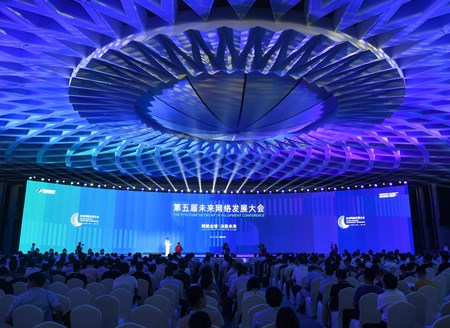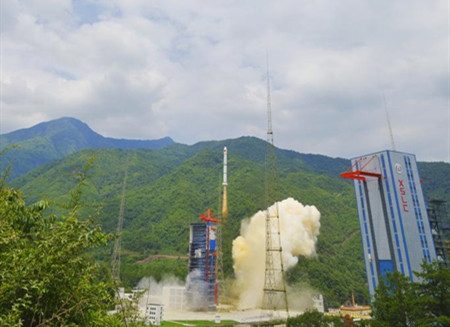East China’s Jiangsu province has served the national innovation-driven development strategy in recent years by building a number of major scientific and technological infrastructures of global influence through cooperation with well-known universities and research institutes so as to provide strong scientific and technological support for the province’s high-quality development.
Researchers at the Nanjing Qilin Science and Technology Innovation Park are upgrading China’s first generation of independently controllable satellite communication system to provide technical guarantee for China to enter the first echelon in the global satellite Internet competition.
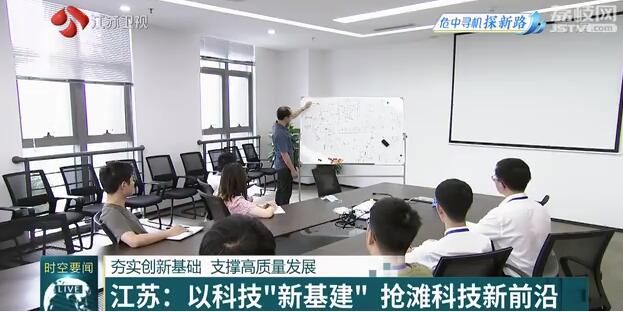
The comprehensive experimental platform of scientific and technological innovation jointly built by Jiangsu Province and the Institute of Computing Technology of the Chinese Academy of Sciences incubated this integrated air-space communication system.
As the information infrastructure for the new generation, the only comprehensive test site in the country aims to build a world-class air-space integrated mobile communication and computing technology innovation center and industry leadership center to achieve intelligent interconnection of everything.
Shi Yuanji, Deputy Chief Engineer, Nanjing Institute of Creativity,ICT, CAS In the futureour platform will face the entire communications field from theoretical verification to technology development to innovative applications.
It will become China's major scientific and technological infrastructure in the field of information.
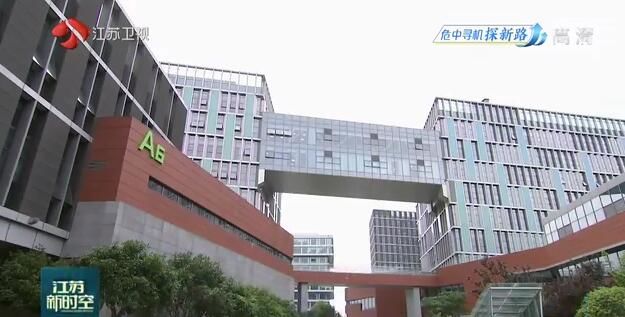
The Qilin Science and Technology Park has gathered 7 Nanjing-based academicians and nearly 2,000 R&D teams from the Chinese Academy of Sciences. It has also introduced 7 research institutions including the Institute of Computing and Automation of the Chinese Academy of Sciences.

Jiangsu and the Chinese Academy of Sciences signed a contract recently on the joint construction of Nanjing Qilin Science and Technology Town. By 2025, 20 R&D institutions of the Chinese Academy of Sciences will be settled here adding up to a total of 50 R&D institutions and making it the strongest new technological infrastructure in Jiangsu.
Yang Guishan, President of Nanjing Branch of Chinese Academy of Sciences.We hope to gather high-end innovation resources of the Chinese Academy of Sciences through large scientific facilities and large cross-research centers and finally build the Qilin Science and Technology Park into a regional innovation highland that integrates science and education meets national strategic needs and meets the innovation of the regional economy
Facing a new round of scientific and technological revolution and industrial transformation, Jiangsu has taken the initiative to integrate into the national innovation system, sought active participation in major national science and technology projects, and built high-quality core competitiveness in the field of basic science and cutting-edge technology.
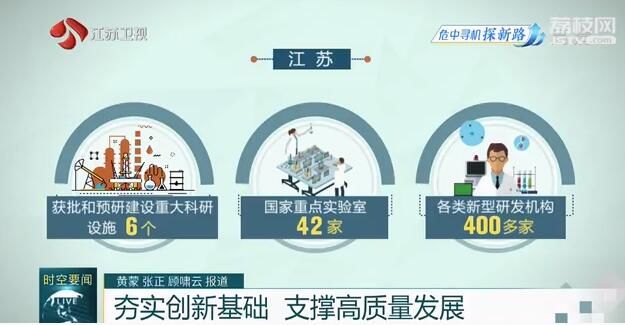
Jiangsu's first national major scientific and technological infrastructure "high-efficiency low-carbon gas turbine test device" started operation in Lianyungang, filling the gap of China's high-power gas turbine test device.
Construction started in Nanjing on China’s only major national science and technology infrastructure project the Future Network Test Facility in communications and information field.
The world's first nano-scale large-scale scientific device "nano vacuum interconnection experimental station" has entered trial-run in Suzhou.
Cyber Communication and Security Purple Mountain Laboratory released the world's first large network-level cyber operating system.
Jiangsu has so far launched or will launch 6 national major scientific and technological infrastructure projects, 42 national key laboratories and 400 R&D institutions of various kinds.
The province has also gathered 70% of China’s academicians and more than 90% of the national major scientific research tasks to have become the source of China's scientific and technological innovation and a new high ground for industrial development.
Jing Mao, Deputy Director of Jiangsu Science and Technology Department In the next step Jiangsu will make great efforts to integrate international and domestic high-quality innovation resources to provide strong support for China's high-quality development.


